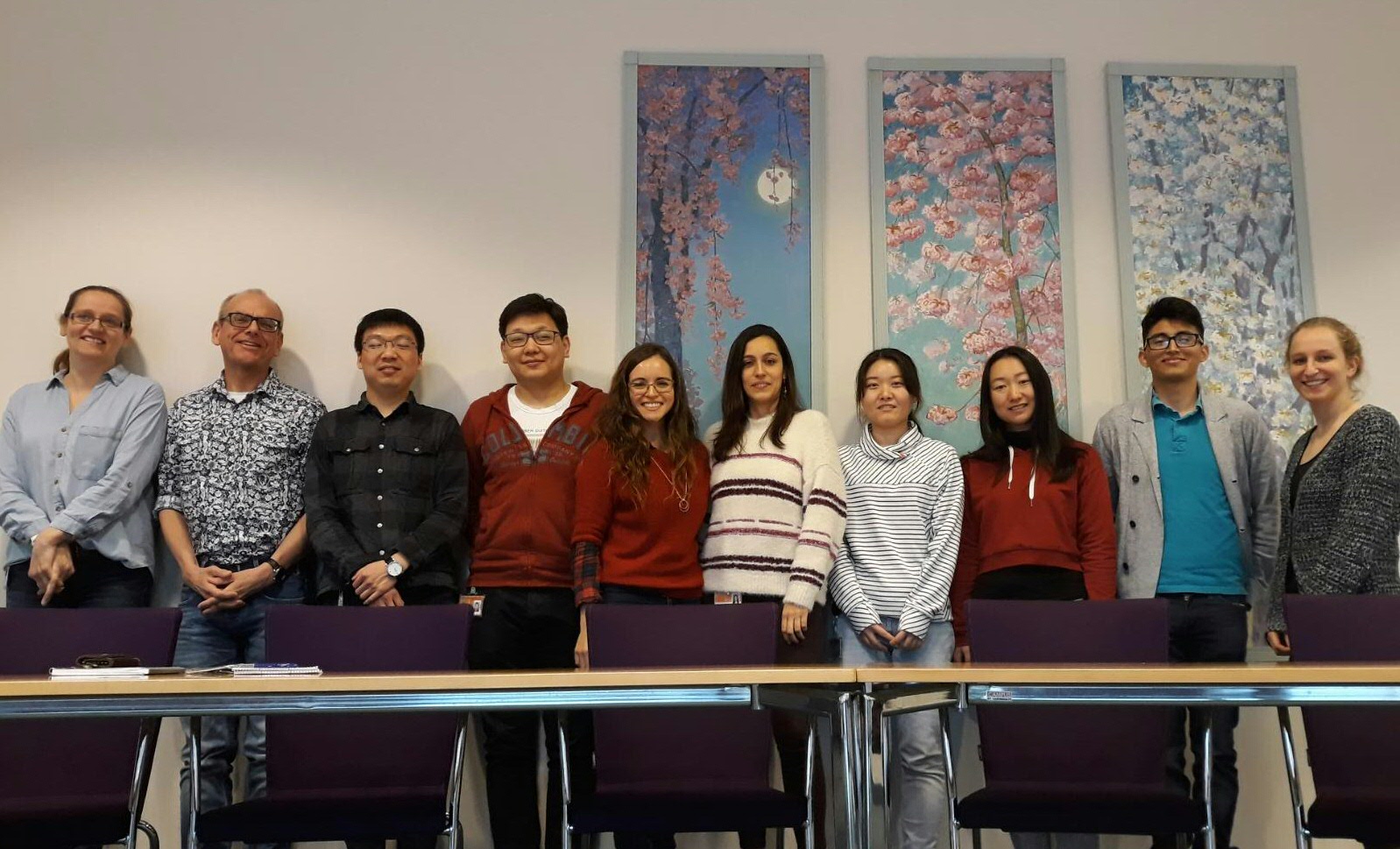
Non-alcoholic fatty liver disease (NAFLD): pathogenic mechanisms and interventions

Biosketch
Han Moshage, professor of Experimental Hepatology and Gastroenterology
Han Moshage (1959) studied chemistry at the Radboud University of Nijmegen and graduated in 1983 with specialization Biochemistry. After receiving his PhD degree at the Radboud University of Nijmegen in 1987, he was post-doctoral fellow at the Alcohol Research and Treatment Center of the VA Medical Center/Mount Sinai Medical Center in New York, USA. From 1990-1993 he was staff-scientist at the Dept. of Hepatology, University Hospital Leuven in Belgium. Since 1993 he has been at the Dept. of Gastroenterology and Hepatology of the University of Groningen. In 2005, he was appointed full professor of Experimental Hepatology and Gastroenterology.
Moshage’s research focuses on mechanisms and manipulation of cell death, inflammation and fibrogenesis in (chronic) inflammatory liver diseases, with a special emphasis on non-alcoholic fatty liver diseases (NAFLD). His research focuses on the elucidation of signal transduction mechanisms and the role of lipotoxicity and mitochondrial and endoplasmic reticulum stress in the pathogenesis of inflammatory liver diseases and interventions in these disorders.
Research
Non-alcoholic fatty liver disease (NAFLD) comprises the spectrum of liver diseases that is the result of excessive lipid accumulation and disturbed lipid metabolism in the liver. This spectrum ranges from simple hepatic steatosis, to (chronic) inflammation (non-alcoholic steatohepatitis; NASH) and eventually fibrosis and cirrosis.
In our research on NAFLD we focus on the mechanisms and manipulation of cell death, inflammation and fibrogenesis. We explore the mechanisms of lipotoxicity, with special emphasis on free fatty acid-induced cell death, endoplasmic reticulum (ER) stress and mitochondrial dysfunction.
Within this research line, the following sub-lines are identified:
- Mechanisms of free fatty acid-induced lipotoxicity
Increased plasma levels of free fatty acids and lipid accumulation in hepatocytes are hallmarks of NAFLD. The excessive accumulation of lipids in hepatocytes leads to cell death. We aim to elucidate the mechanisms of FFA-induced lipotoxicity in hepatocytes, focusing on intracellular FFA metabolism (FFA storage in triglycerides, β-oxidation, saturated vs unsaturated FFAs).
- Extracellular vesicle-mediated intercellular communication in NAFLD
Extracellular vesicles (EVs) are small, membrane-bound vesicles released from a wide variety of cells, including liver cells. They play an important role in intercellular communication. The cargo of EVs is diverse and includes RNAs (miRNAs), lipids and proteins. EVs released from steatotic hepatocytes have pro-inflammatory effects on Kupffer cells, the resident macrophages of the liver) and pro-fibrotic effects on hepatic stellate cells (liver-specific, matrix-producing cells of the liver).
In addition, liver sinusoidal endothelial cells (LSECs) play an important role in the initiation of NAFLD via effects on stellate cells and (possibly) Kupffer cells.
In this subline we aim to elucidate the role of EVs in intercellular communication, focusing on hepatocyte-Kupffer cell; hepatocyte-stellate cell; LSEC-stellate cell, LSEC-Kupffer cell and stellate cell-Kupffer cell communication.
- Drug-induced liver injury in NAFLD
The expresssion of drug-metabolizing enzymes, notably cytochrome P450 (CYP) isozymes, is changed in steatotic hepatocytes, compared to normal hepatocytes. This will have consequences for the metabolism, activity and toxicity of many drugs. In this subline, we investigate the consequences of steatosis for drug metabolism and drug toxicity in hepatocytes.
Some selected publications
-
Hernández A, Arab JP, Reyes D, Lapitz A, Moshage H, Bañales JM, Arrese M. (2020) Extracellular vesicles in NAFLD/ALD: from pathology to therapy. Cells. 27;9(4):817
-
Hernández A, Geng Y, Sepúlveda R, Solís N, Torres J, Arab JP, Barrera F, Cabrera D, Moshage H, Arrese M. (2020) Chemical hypoxia induces pro-inflammatory signals in fat-laden hepatocytes and contributes to cellular crosstalk with Kupffer cells through extracellular vesicles. Biochim Biophys Acta Mol Basis Dis. jun 1;1866 (6):165753
-
Geng Y, Hernández Villanueva A, Oun A, Buist-Homan M, Blokzijl H, Faber KN, Dolga A, Moshage H. (2020) Protective effect of metformin against palmitate-induced hepatic cell death. Biochim Biophys Acta Mol Basis Dis. 1;1866(3):165621
-
Damba T, Zhang M, Buist-Homan M, van Goor H, Faber KN, Moshage H. (2019) Hydrogen sulfide stimulates activation of hepatic stellate cells through increased cellular bio-energetics. Nitric Oxide. 1;92:26-33
-
González-Ponce HA, Martínez-Saldaña MC, Rincón-Sánchez AR, Sumaya-Martínez MT, Buist-Homan M, Faber KN, Moshage H, Jaramillo-Juárez F. (2016) Hepatoprotective Effect of Opuntia robusta and Opuntia streptacantha Fruits against Acetaminophen-Induced Acute Liver Damage. Nutrients. 4;8(10)
Complete List of Published Work in MyBibliography:
https://www.ncbi.nlm.nih.gov/pubmed/?term= moshage-h

